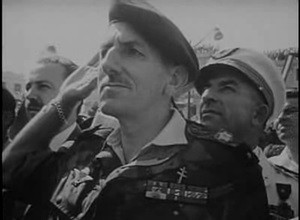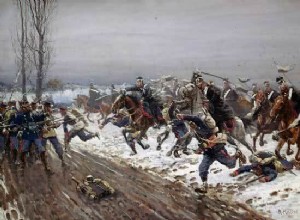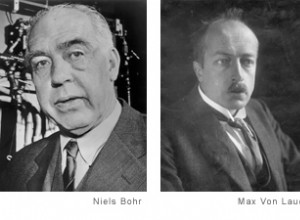Jacques Émile Massu, born May 5, 1908 in Châlons-sur- Marne and died on October 26, 2002 in Conflans-sur-Loing, is a soldier, general officer. Companion of the Liberation and former commander-in-chief of the French forces in Germany, he distinguished himself in particular in the Leclerc column and t




